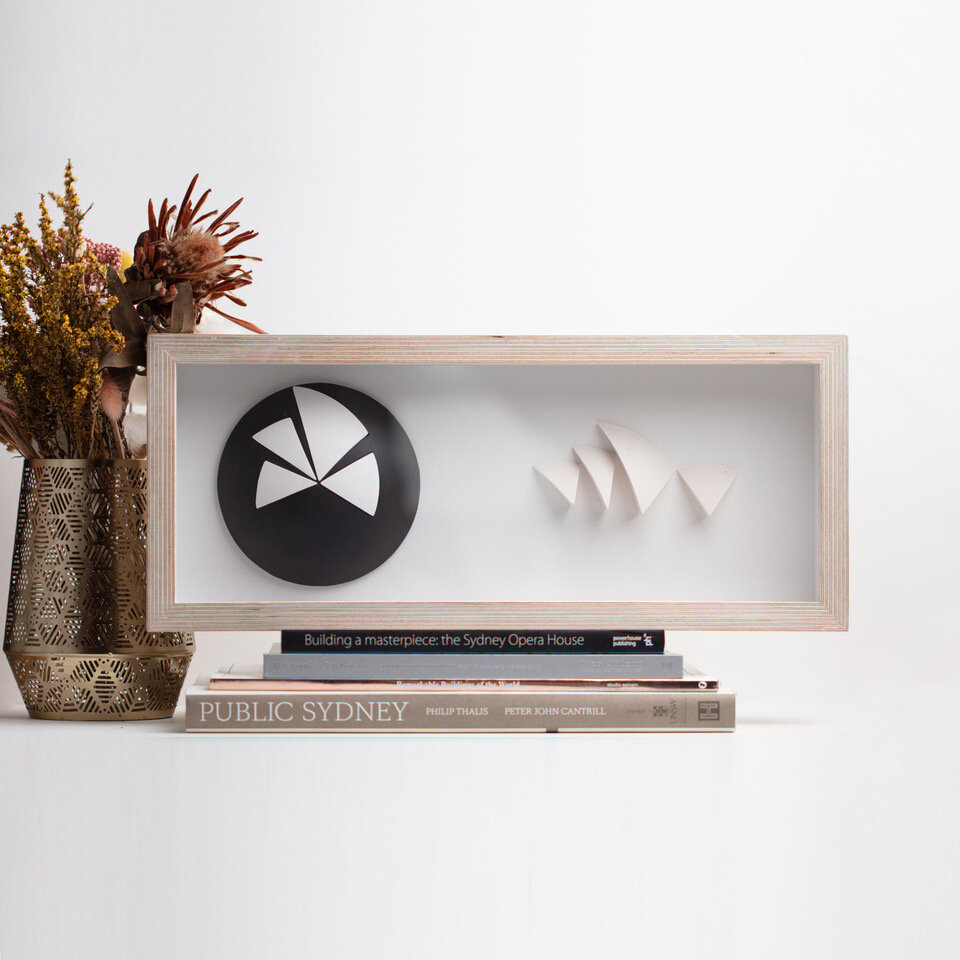 Image 1 of 6
Image 1 of 6

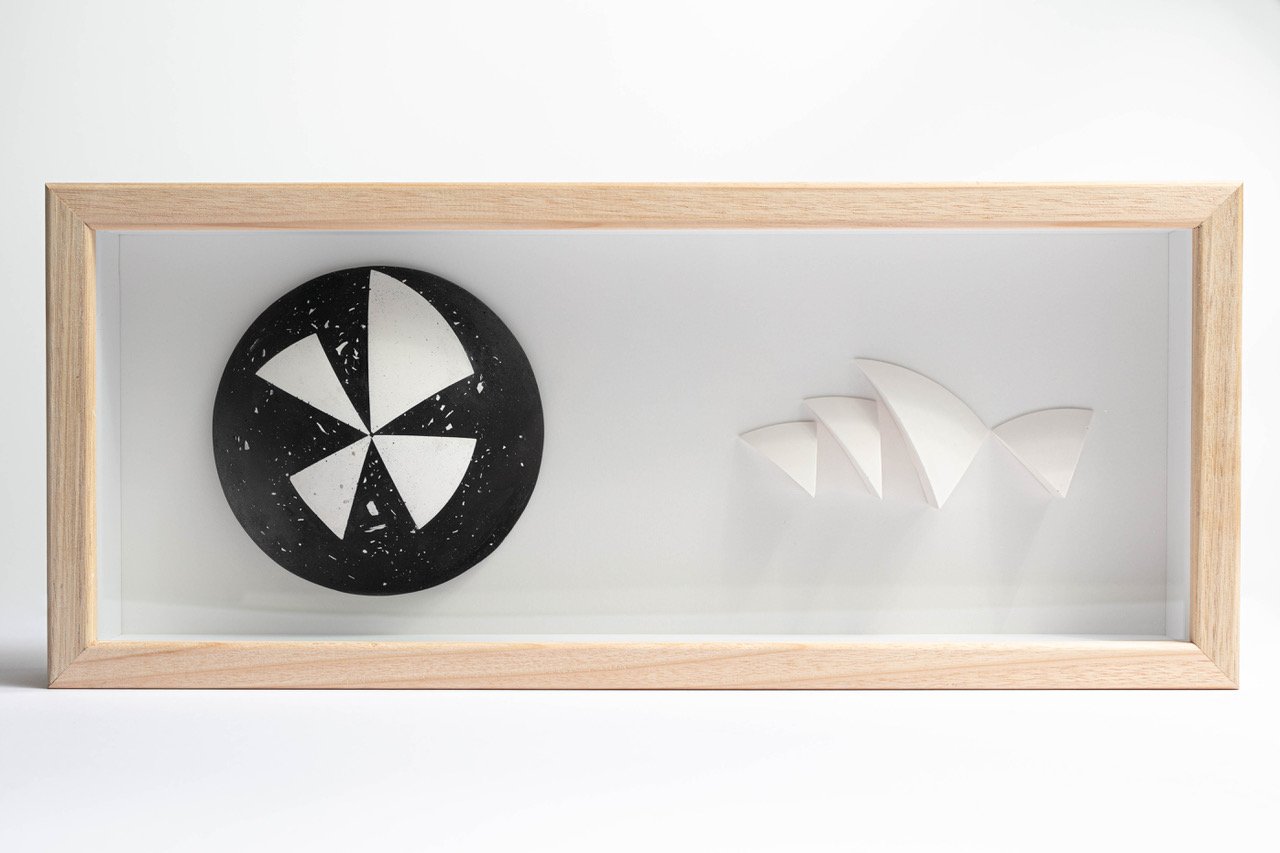 Image 2 of 6
Image 2 of 6

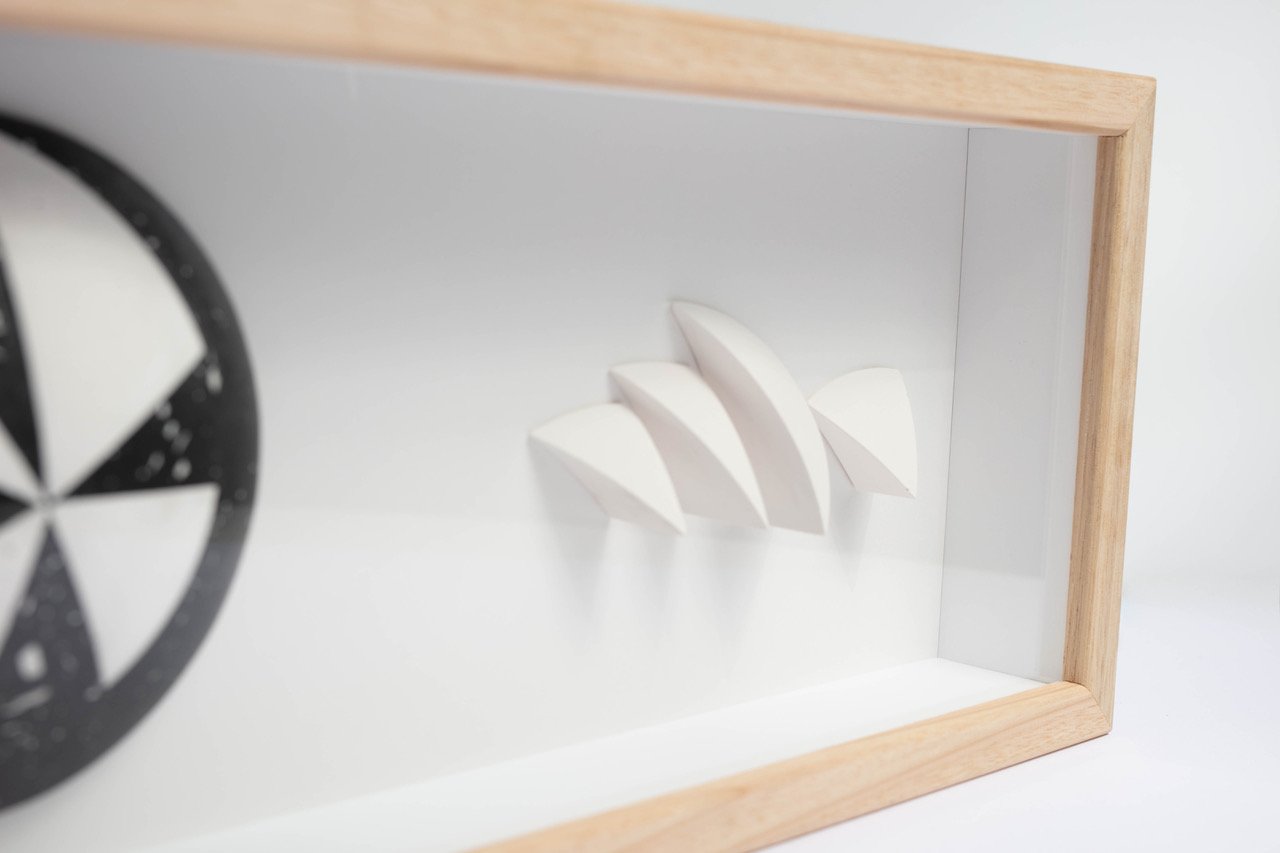 Image 3 of 6
Image 3 of 6

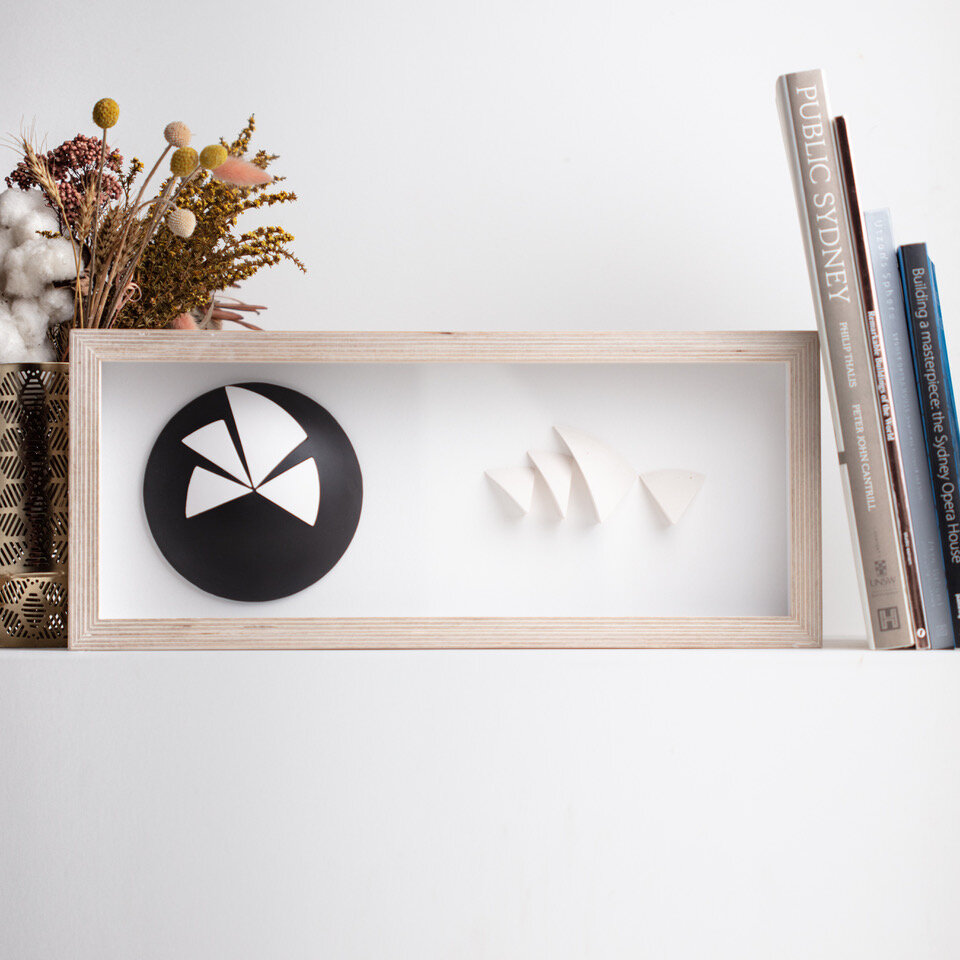 Image 4 of 6
Image 4 of 6

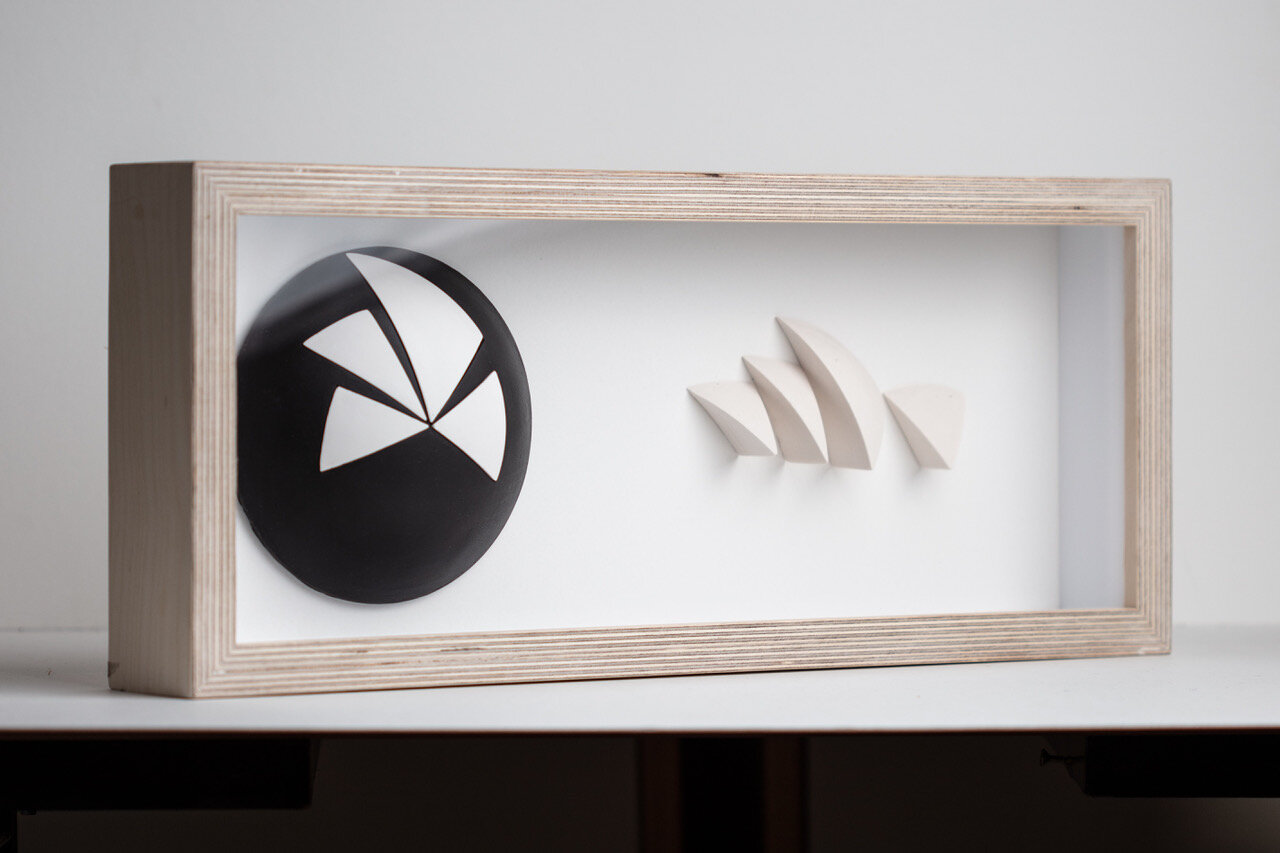 Image 5 of 6
Image 5 of 6

 Image 6 of 6
Image 6 of 6







Sydney Opera House - Spherical Solution
Various myths surround the discovery of the so-called Spherical Solution, Utzon’s unified answer to the problems of buildable shells. The iconic sculptural form of the Sydney Opera House essentially relies on the form of these shells, so the importance of finding the best solution to the roof cannot be underestimated.
Utzon was stacking the shells of the large model to make space when he noticed how similar the shapes appeared to be. Previously, each shell had seemed distinct from the others. But now it struck him that as they were so similar, each could perhaps be derived from a single, constant form, such as the plane of a sphere.
This simplicity and repetition was immediately appealing.
It would mean that the building's form could be prefabricated from a repetitive geometry. Not only that, but a uniform pattern could also be achieved for tiling the exterior surface. It would become the single, unifying discovery that allowed for the distinctive characteristics of Sydney Opera House to be finally realised, from the vaulted arches and timeless, sail-like silhouette of the Opera House to the exceptionally beautiful finish of the tiles.
It also shifted the principle of the design away from the expression of a style, in this case shell architecture, to the more permanent idea, one inherent in the universal geometry of the sphere.
-
Size: 42x32x8cm frame
Total Weight: Approximately 4kg
Each model is hand-cast with its own small deviations in colour and texture. This model is made using a terrazzo style and the finish and consistency of the final piece is subject to high variability.
Various myths surround the discovery of the so-called Spherical Solution, Utzon’s unified answer to the problems of buildable shells. The iconic sculptural form of the Sydney Opera House essentially relies on the form of these shells, so the importance of finding the best solution to the roof cannot be underestimated.
Utzon was stacking the shells of the large model to make space when he noticed how similar the shapes appeared to be. Previously, each shell had seemed distinct from the others. But now it struck him that as they were so similar, each could perhaps be derived from a single, constant form, such as the plane of a sphere.
This simplicity and repetition was immediately appealing.
It would mean that the building's form could be prefabricated from a repetitive geometry. Not only that, but a uniform pattern could also be achieved for tiling the exterior surface. It would become the single, unifying discovery that allowed for the distinctive characteristics of Sydney Opera House to be finally realised, from the vaulted arches and timeless, sail-like silhouette of the Opera House to the exceptionally beautiful finish of the tiles.
It also shifted the principle of the design away from the expression of a style, in this case shell architecture, to the more permanent idea, one inherent in the universal geometry of the sphere.
-
Size: 42x32x8cm frame
Total Weight: Approximately 4kg
Each model is hand-cast with its own small deviations in colour and texture. This model is made using a terrazzo style and the finish and consistency of the final piece is subject to high variability.